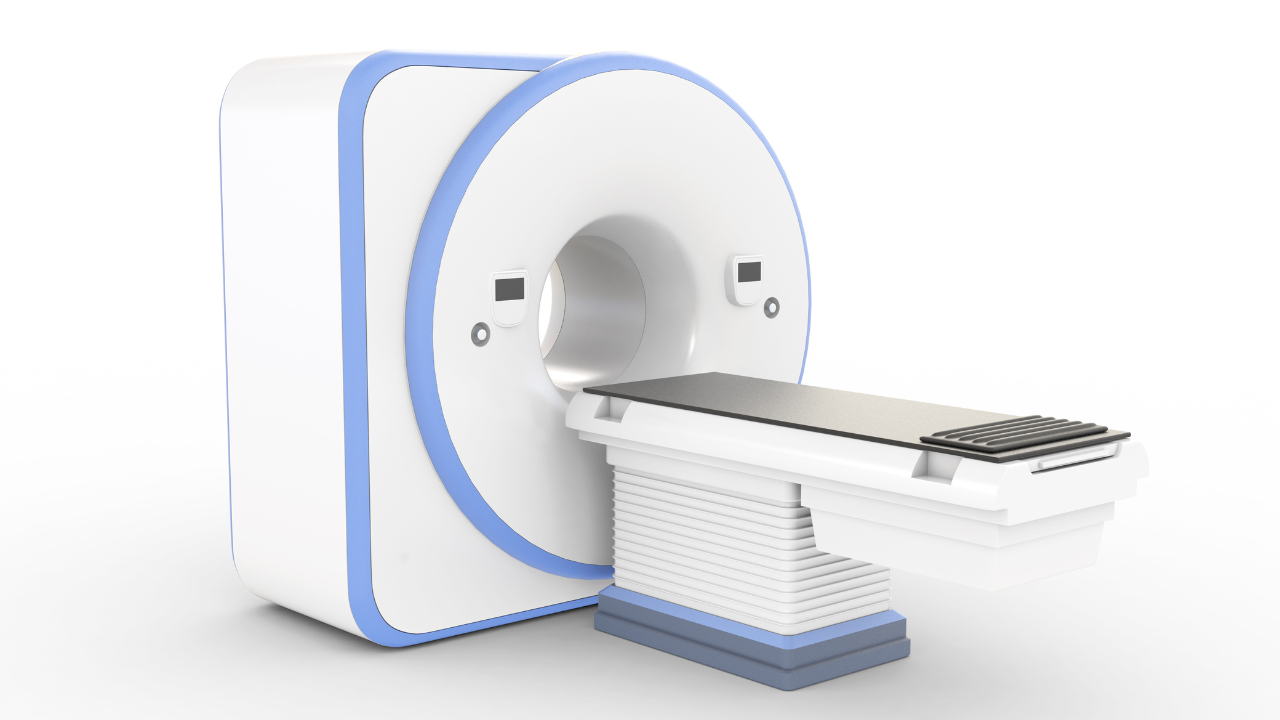Blog and News

Insurance and facility fees drastically impact the total cost of an MRI scan. Your insurance policy's deductible, co-pay, and co-insurance can add up significantly. Facility fees, which may account for up to 30% of the total cost, are for maintaining equipment and utilities. These fees vary by location, making urban centers often more expensive. Understanding your plan's network and using cost estimator tools can help predict expenses. Additionally, you may face contrast agent fees. Price comparison and alternative payment plans can help manage these costs. For a deeper understanding of navigating these expenses, there's more to explore.
Listen to the Article
Key Takeaways
- Insurance deductibles, co-pays, and co-insurance significantly influence out-of-pocket MRI costs.
- Facility fees can constitute up to 60% of the total MRI cost, varying by location.
- In-network facilities typically offer lower rates than out-of-network options.
- Contrast agent fees add $100 to $300, increasing total MRI expenses.
- Using cost estimator tools and negotiating with providers can help reduce MRI costs.
Understanding Insurance Coverage
Understanding your insurance coverage is crucial for determining how much you'll pay for an MRI scan. Start by reviewing your policy's details, focusing on deductible, co-pay, and co-insurance amounts.
Analyze your plan's network to identify in-network facilities, as these typically offer lower rates. Insurance companies negotiate rates with providers, so the cost can vary significantly. Use your insurer's cost estimator tools to get precise figures.
Examine your annual out-of-pocket maximum to see how close you're to meeting it, as reaching it could reduce your expenses. Check for pre-authorization requirements, as failing to get approval could result in higher charges.
Out-of-Pocket Expenses
When calculating your out-of-pocket expenses for an MRI scan, consider factors like deductibles, co-pays, and co-insurance, as these can vary widely depending on your insurance plan. Deductibles require you to pay a fixed amount before insurance kicks in, which can range from hundreds to thousands of dollars.
Co-pays are typically fixed fees you pay per visit, often between $20 and $100. Co-insurance, a percentage of the MRI cost, can add significant expenses, especially if your plan covers only a fraction. For instance, a 20% co-insurance on a $1,000 MRI means you'll pay $200.
Understanding these elements and reviewing your insurance details can help you anticipate your financial responsibility more accurately and assist others in managing their healthcare costs.
Role of Facility Fees
Facility fees can significantly influence the cost of an MRI scan, often varying widely by location. You should analyze the breakdown of charges to understand where your money goes.
Comparing fees across different facilities can reveal substantial cost differences that impact your overall expense.
Breakdown of Charges
Diving into the charges, you'll quickly see that facility fees significantly inflate the overall cost of an MRI scan. These fees, often hidden, can account for up to 30% of the total bill.
For instance, if an MRI scan is priced at $1,000, facility fees alone might contribute an extra $300. Hospitals and imaging centers charge these fees to cover operational costs such as equipment maintenance, administrative expenses, and utilities.
While these fees ensure the facility's smooth functioning, they also create a financial burden on patients. Understanding this breakdown helps you realize that the actual imaging cost is often much lower, allowing you to advocate for more cost-effective healthcare solutions for those you serve.
Variation by Location
The cost of an MRI scan can vary significantly depending on the location, with facility fees playing a crucial role in these disparities. Urban hospitals often charge higher facility fees due to elevated operational costs and advanced equipment. For instance, you might find MRI costs ranging from $400 in rural clinics to over $3,000 in metropolitan hospitals.
Data from healthcare cost reports show that facility fees can account for up to 60% of the total MRI cost. By understanding these variations, you can make more informed decisions. It's essential to compare prices across different locations and inquire about facility fees upfront. This approach ensures you're not only serving your financial interests but also advocating for accessible and affordable healthcare.
Contrast Agent Fees
Contrast agent fees can significantly drive up the total cost of an MRI scan, adding an average of $100 to $300 to your medical bill. When your physician orders an MRI with contrast, it's usually to get a clearer, more detailed image.
While this enhances diagnostic accuracy, it also impacts your wallet. The cost varies based on the type of contrast agent used and the facility's pricing structure. Data shows that hospitals often charge more for contrast agents compared to outpatient imaging centers.
If you're looking to minimize costs, consider discussing the necessity of the contrast agent with your healthcare provider. Understanding these fees can help you make informed decisions, ultimately serving your financial and health interests better.
Exploring Payment Plans
When considering the cost of an MRI scan, you should evaluate interest-free installment options, which can spread payments over several months without additional charges.
Additionally, sliding scale fees based on income can provide significant savings for those who qualify.
These payment plans can make MRI scans more affordable and reduce the financial burden on patients.
Interest-Free Installment Options
Navigating the cost of MRI scans can become more manageable with interest-free installment options, offering a feasible solution for budget-conscious patients. By spreading the expense over several months without accruing interest, these plans help mitigate the financial burden.
Data shows that healthcare providers offering these options can significantly increase patient satisfaction and compliance with necessary imaging. Typically, installment plans split the cost into equal payments, allowing you to maintain your budget while ensuring timely medical care.
For instance, a $1,200 MRI scan could be divided into 12 monthly payments of $100. This approach not only eases immediate financial strain but also promotes timely access to essential diagnostic services, aligning with a commitment to patient-centered care.
Sliding Scale Fees
Another effective method to manage MRI scan costs is through sliding scale fees, which adjust the price based on your financial situation. By evaluating your income and household size, healthcare providers can offer a reduced rate, making essential diagnostic services more accessible.
Data shows that sliding scale fees can lower costs by up to 60% for low-income families, directly impacting affordability. This approach ensures that those in financial need aren't priced out of necessary medical care, aligning with a mission to serve others.
Facilities often have specific guidelines and documentation requirements, so it's important to inquire in advance. Utilizing sliding scale fees not only eases financial strain but also promotes equitable access to healthcare services.
Strategies to Reduce Costs
Implementing price transparency tools can empower patients to compare MRI scan costs and choose more affordable options. By utilizing platforms that provide detailed cost breakdowns, you can identify significant price differences between facilities.
Data shows patients save up to 36% when informed about costs beforehand. Additionally, consider negotiating directly with providers for reduced rates, especially if paying out-of-pocket. High-deductible insurance plans may offer lower premiums, but ensure they cover essential services.
Lastly, explore non-hospital imaging centers, often 50-60% cheaper than hospital-based facilities. By taking these steps, you'll not only reduce personal expenses but also contribute to a more efficient and equitable healthcare system that prioritizes affordability and access for all.






